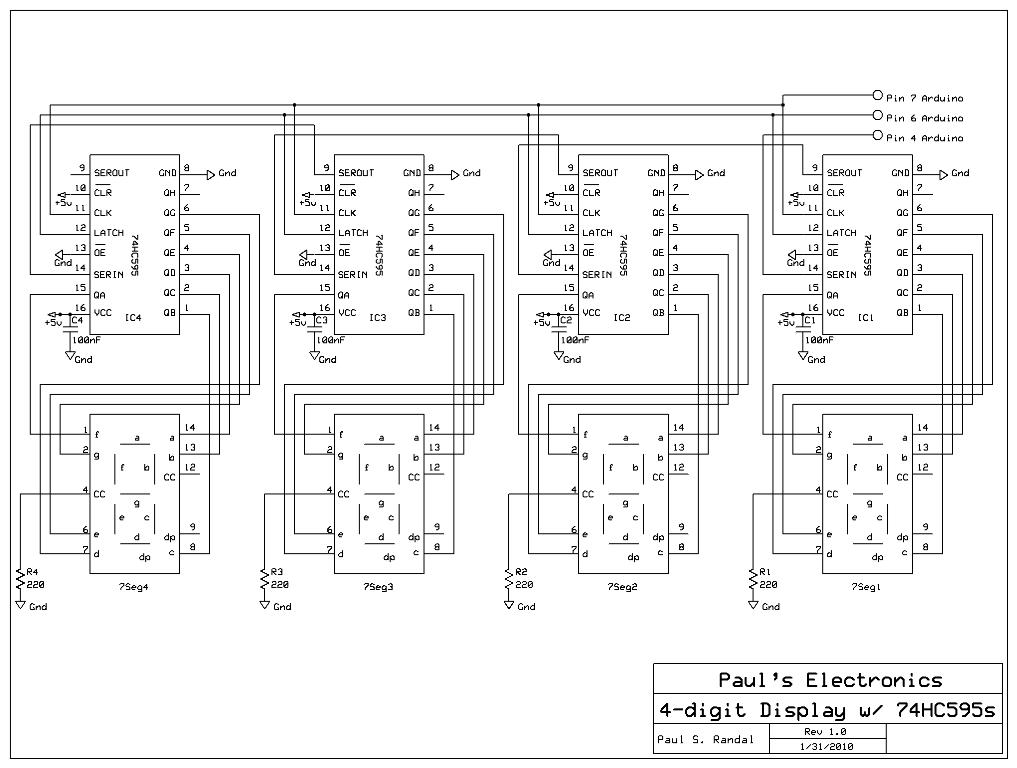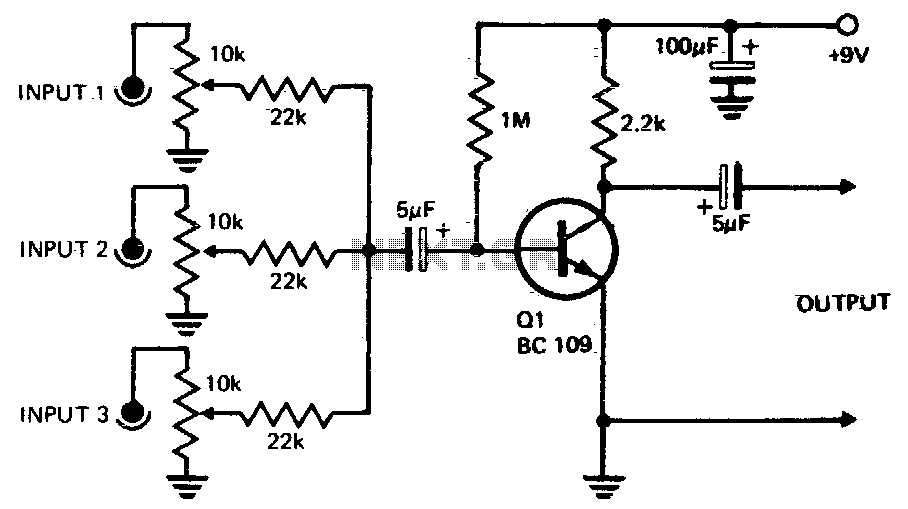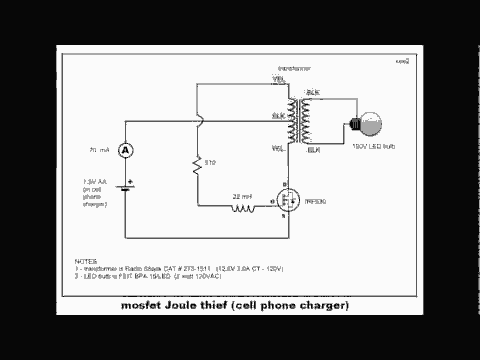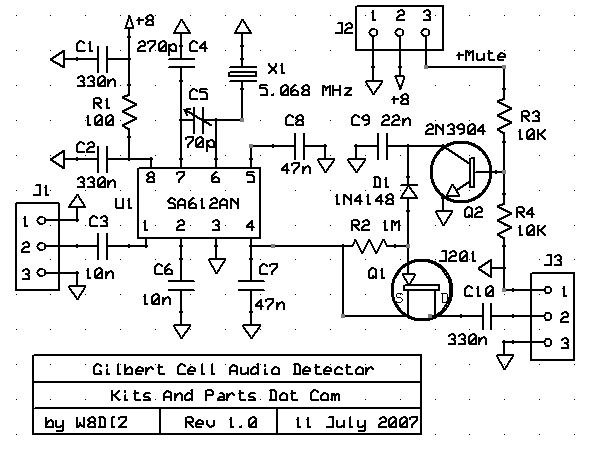
6 Input Mixer PCB
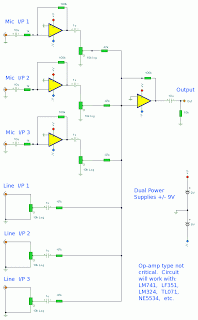
The mixer circuit features three line inputs and three microphone inputs. The microphone inputs are designed to accommodate low impedance dynamic microphones with an impedance range of 200 to 1000 ohms. An electret condenser microphone (ECM) can also be utilized, provided that bias is applied through a series resistor. As with any mixer circuit, there is an inherent slight loss in signal. To compensate for this, the final summing amplifier is configured with a gain of either 2 or 6 dB. The input line level is expected to be approximately 200 mV RMS. The pin configurations for the operational amplifiers LM741, LF351, TL071, and NE5534 are provided below, while pinouts for other integrated circuits can be found on a dedicated pinout page. The microphone inputs provide an amplification factor of about 100 times, or 40 dB, leading to a total gain of 46 dB for the mixer, including the summing amplifier. The microphone input is optimized for microphones that output around 2 mV RMS at a distance of 1 meter, which is a standard output level for most dynamic microphones. The selection of operational amplifiers in this circuit is flexible; various types such as bipolar, FET input, or MOSFET op-amps can be employed, including models like 741, LF351, TL061, TL071, and CA3140. The power supply configuration requires a dual positive and negative supply, which can be achieved using two 9-volt batteries as depicted, or a dedicated power supply is recommended for extended usage.
The mixer circuit is structured to facilitate audio mixing from multiple sources, making it suitable for applications in sound reinforcement, recording, and broadcasting. The three line inputs allow for the connection of various audio devices, such as synthesizers, drum machines, or other line-level audio sources, ensuring versatility in audio signal management. The microphone inputs are specifically designed to accommodate dynamic microphones, which are commonly used in live sound settings due to their durability and reliability. The inclusion of ECM compatibility expands the circuit's utility to situations where higher sensitivity is required, such as in studio environments.
The operational amplifiers play a crucial role in signal amplification and processing within the mixer. With a total gain of 46 dB, the circuit effectively amplifies low-level microphone signals to a usable level, ensuring that the mixer can handle a wide dynamic range of audio inputs. The choice of op-amps allows for customization based on performance requirements, such as noise levels and frequency response, making it adaptable to various audio applications.
The power supply design is essential for maintaining consistent performance. Dual positive and negative supplies help to ensure that the op-amps operate within their optimal voltage ranges, which is critical for achieving low distortion and high fidelity in audio processing. The use of two 9-volt batteries provides a portable solution for applications where access to mains power may be limited, while a dedicated power supply is advisable for permanent installations or prolonged use to avoid battery depletion.
Overall, this mixer circuit design offers a robust solution for audio mixing tasks, with flexibility in input types, gain configurations, and power supply options, making it suitable for a wide range of audio applications.The mixer circuit above has 3 line inputs and 3 mic inputs. The mic inputs are suitable for low impedance 200-1000R dynamic microphones. An ECM or condenser mic can also be used, but must have bias applied via a series resistor. As with any mixer circuit, a slight loss is always introduced. The final summing amplifier has a gain of 2 or 6dB to ove rcome this. The Input line level should be around 200mV RMS. The Pinouts for LM741, LF351, TL071 and NE5534 are shown below. Pinouts for other IC`s can be found on the pinout page. The mic inputs are amplified about 100 times or 40dB, the total gain of the mixer including the summing amplifier is 46dB. The mic input is designed for microphones with outputs of about 2mV RMS at 1 meter. Most dynamic microphones meet this standard. The choice of op-amp is not critical in this circuit. Bipolar, FET input or MOS type op-amps can therefore be used; i. e 741, LF351, TL061, TL071, CA3140 etc. The power supply is a dual positive and negative supply, two 9 Volt batteries may be used as shown above or a power supply is recommended for longer periods of use.
🔗 External reference
The mixer circuit is structured to facilitate audio mixing from multiple sources, making it suitable for applications in sound reinforcement, recording, and broadcasting. The three line inputs allow for the connection of various audio devices, such as synthesizers, drum machines, or other line-level audio sources, ensuring versatility in audio signal management. The microphone inputs are specifically designed to accommodate dynamic microphones, which are commonly used in live sound settings due to their durability and reliability. The inclusion of ECM compatibility expands the circuit's utility to situations where higher sensitivity is required, such as in studio environments.
The operational amplifiers play a crucial role in signal amplification and processing within the mixer. With a total gain of 46 dB, the circuit effectively amplifies low-level microphone signals to a usable level, ensuring that the mixer can handle a wide dynamic range of audio inputs. The choice of op-amps allows for customization based on performance requirements, such as noise levels and frequency response, making it adaptable to various audio applications.
The power supply design is essential for maintaining consistent performance. Dual positive and negative supplies help to ensure that the op-amps operate within their optimal voltage ranges, which is critical for achieving low distortion and high fidelity in audio processing. The use of two 9-volt batteries provides a portable solution for applications where access to mains power may be limited, while a dedicated power supply is advisable for permanent installations or prolonged use to avoid battery depletion.
Overall, this mixer circuit design offers a robust solution for audio mixing tasks, with flexibility in input types, gain configurations, and power supply options, making it suitable for a wide range of audio applications.The mixer circuit above has 3 line inputs and 3 mic inputs. The mic inputs are suitable for low impedance 200-1000R dynamic microphones. An ECM or condenser mic can also be used, but must have bias applied via a series resistor. As with any mixer circuit, a slight loss is always introduced. The final summing amplifier has a gain of 2 or 6dB to ove rcome this. The Input line level should be around 200mV RMS. The Pinouts for LM741, LF351, TL071 and NE5534 are shown below. Pinouts for other IC`s can be found on the pinout page. The mic inputs are amplified about 100 times or 40dB, the total gain of the mixer including the summing amplifier is 46dB. The mic input is designed for microphones with outputs of about 2mV RMS at 1 meter. Most dynamic microphones meet this standard. The choice of op-amp is not critical in this circuit. Bipolar, FET input or MOS type op-amps can therefore be used; i. e 741, LF351, TL061, TL071, CA3140 etc. The power supply is a dual positive and negative supply, two 9 Volt batteries may be used as shown above or a power supply is recommended for longer periods of use.
🔗 External reference
